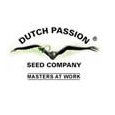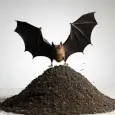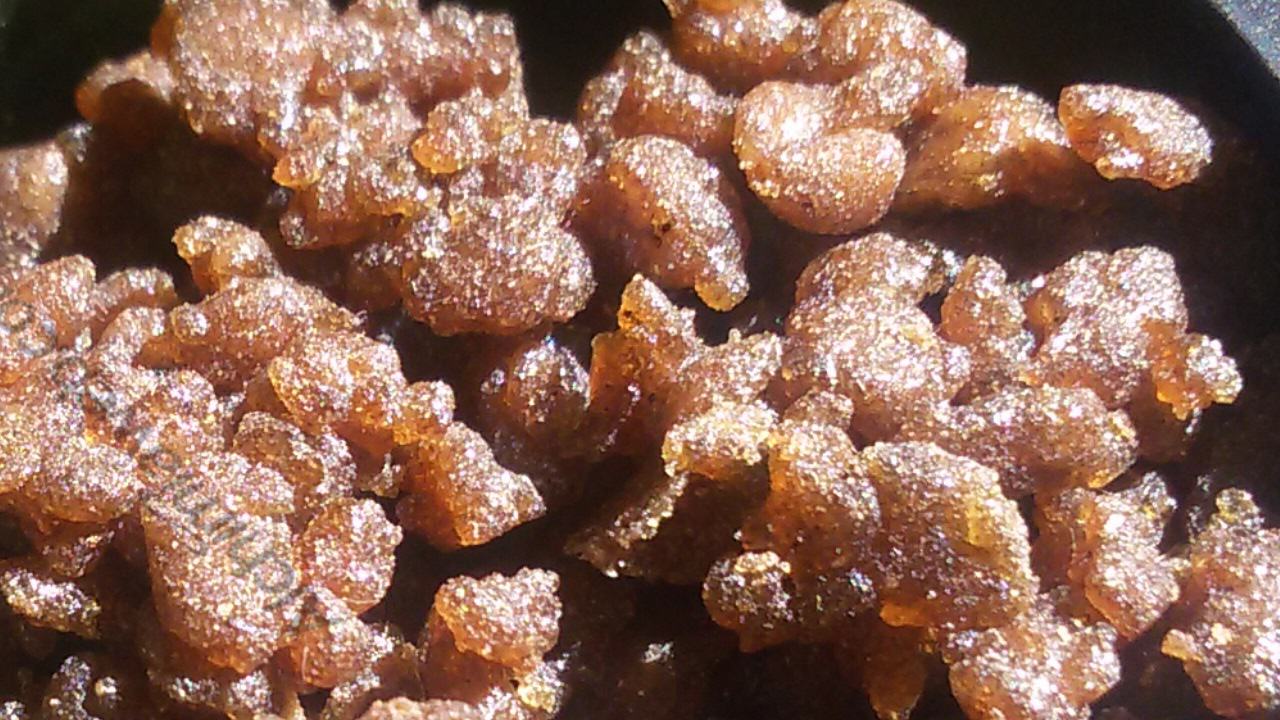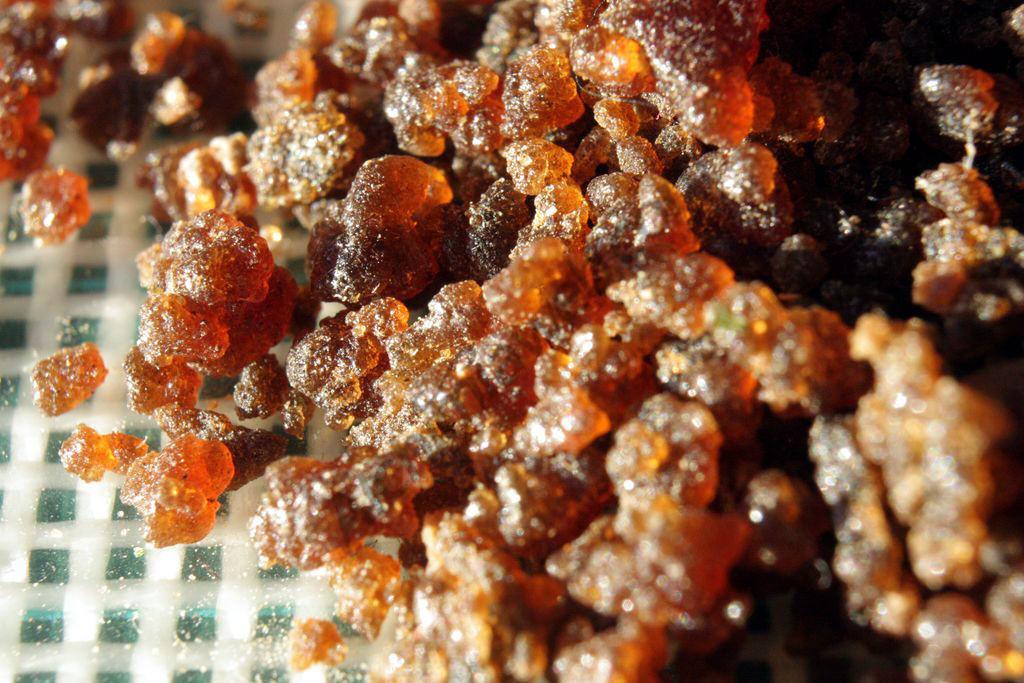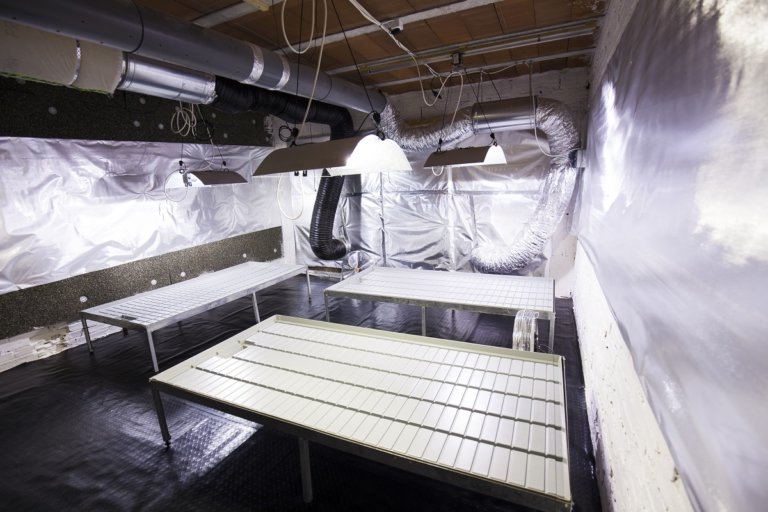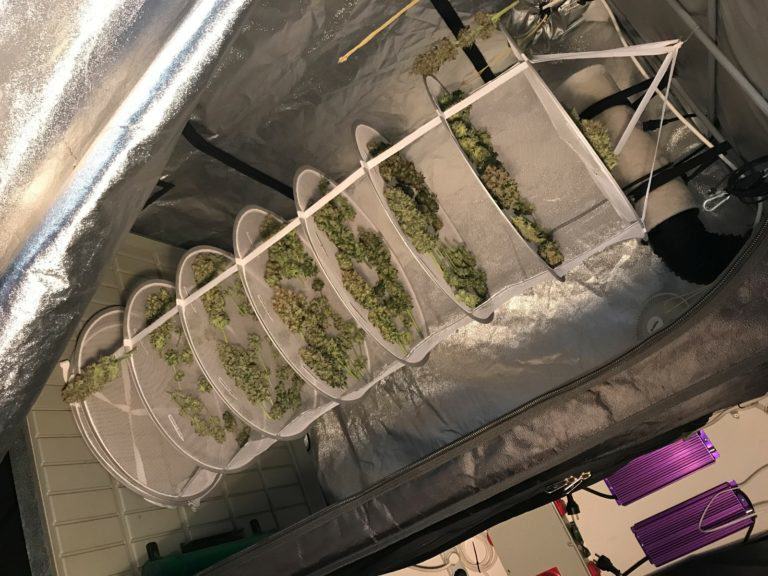Bud-washing: Why and how to do it
List of contents
Growing cannabis outdoors has many positive aspects, not least of which is the powerful full-spectrum illumination that doesn't cost a penny, as well as fewer restrictions on plant size, meaning bigger harvests. There is, however, a less positive side that is inherent to outdoor cultivation, the things growers cannot control such as inclement weather and exposure to a wide range of pests and pathogens that can, for the most part, be avoided entirely by indoor growers.
This means that, despite the best efforts of growers to control insects and parasitic fungi, over the course of the flowering period, outdoor cannabis flowers can accumulate a surprising and quite unnerving collection of dirt and debris, which compromises the quality of the finished product. In this post, we'll show you how you can wash your freshly-harvested buds to remove these contaminants and enjoy cleaner, healthier and more flavourful cannabis flowers.
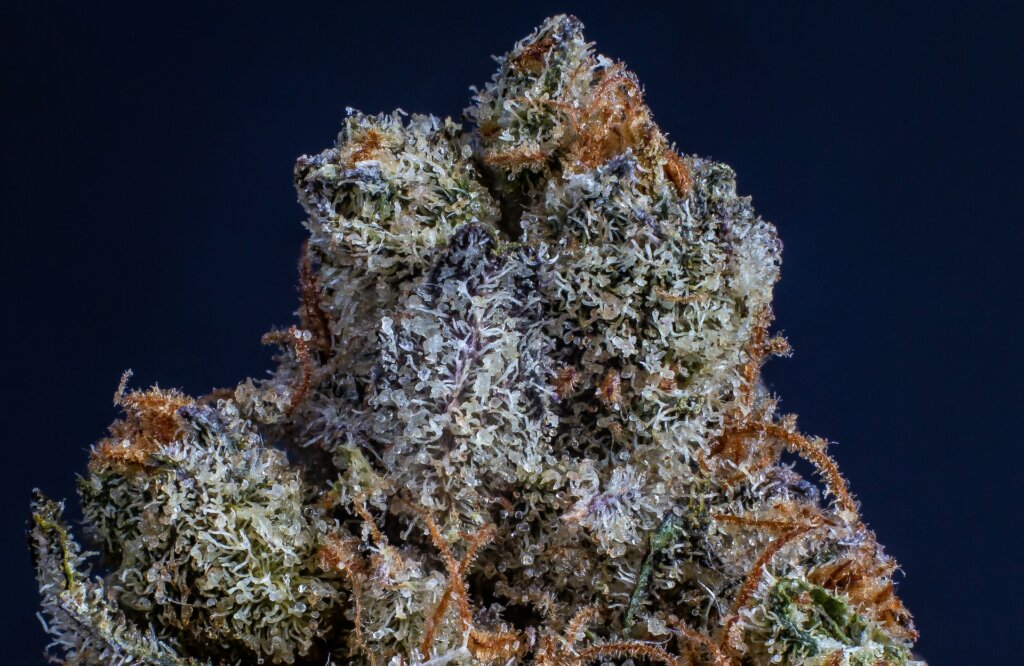
Why would I wash my buds?
The sticky nature of the trichomes that cover cannabis flowers means that it's very easy for them to pick up contamination as they mature. This can take the form of pests like spider mites, aphids or thrips that parasitise the plants, or small flying insects like flies, gnats or wasps which alight on a bud only to find themselves glued down... talk about coming to a sticky end! Other pests may lay eggs on the plant, grubs like caterpillars will leave their droppings and leaf debris, and as leaves fall from surrounding trees at the end of summer, they'll stick to the buds too. Wild birds will inevitably leave droppings on your plants as they hunt for insect prey, and there's always the possibility of an occasional feather too!
Fungal spores are another persistent problem, they are in the air everywhere around us and will inevitably end up on the flowers at some point. Your plants may have suffered an attack of botrytis and, even though the affected areas have been removed, spores that could cause trouble during the drying process may remain on the buds. Similarly, a mild powdery mildew infection during the last weeks of flowering can leave unsightly white patches on the flowers and sugar leaves, which should be removed. And, if you've applied any phytosanitary products such as fungicides and pesticides to your plants at any point during flowering, then there's a good chance that some residue may be left on the buds which, depending on the product used, could impact on the flavour and on the consumer's health.
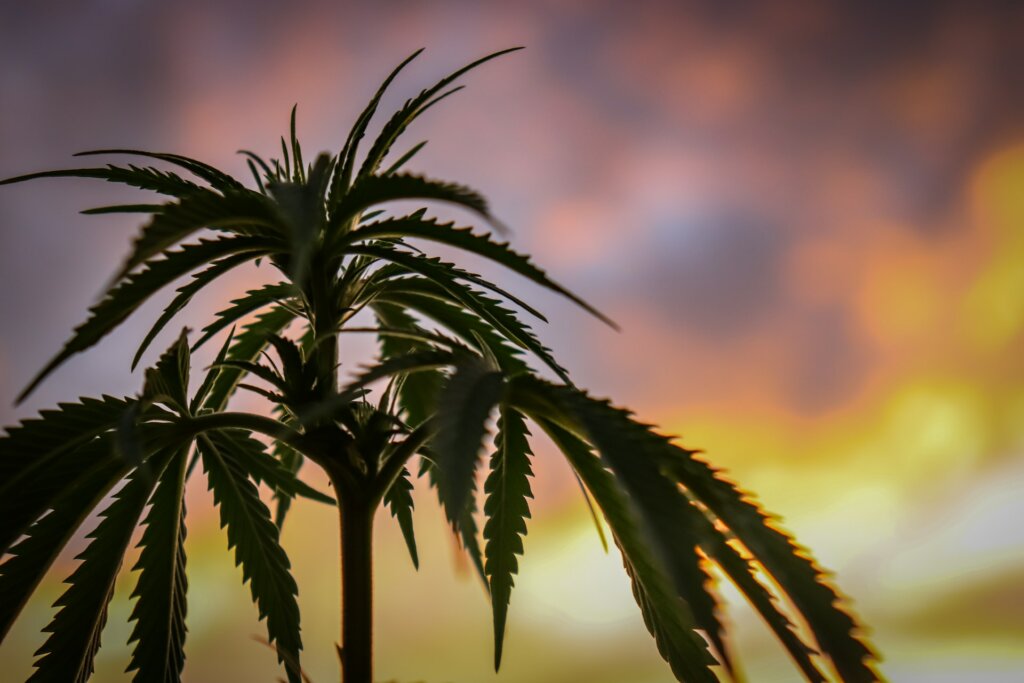
It's not just insects and fungi that are to blame for contaminating your buds. If you cultivate in a dry climate then there's a good chance the wind will blow dirt onto your plants, and weather systems can carry fine particles of sand, clay, ash or dust over great distances before dropping them on your plants inside raindrops, a phenomenon that happens occasionally here in Europe when we wake up after a rainstorm to find a fine layer of Saharan sand everywhere... on cars, roofs, trees, plants and, naturally, on cannabis flowers too. While this type of contamination may not be harmful, it will affect the flavour and overall quality of the finished product.
All these different contaminants will negatively affect the quality of the cannabis flowers, making their consumption less enjoyable and potentially more damaging to consumers' health. For this reason, more and more outdoor growers have started to wash and rinse their harvested buds in clean water to remove dirt and bugs before beginning the drying process.
Washing buds with water? Are you mad?
We know, the idea of getting cannabis flowers soaking wet at harvest time sounds crazy. Indeed, wetting the flowers is something that most growers will try to avoid at all costs. However, it's a simple and effective procedure that gets really great results, and in many cases, it can make the difference between a poor-quality crop and a great one. If you have any doubts, we encourage you to read on, we think you're in for a surprise...
The method itself is very simple, it involves first washing the buds in a mild cleaning solution that will remove most of the dirt and debris. A second wash in clean water helps to dislodge the rest of the contamination and, finally, a third dip in clean water gives the flowers a final rinse, leaving them clean and ready to dry. All you'll need to start out bud-washing is a few easily-sourced supplies and your usual, well-ventilated space for drying your cannabis harvest.
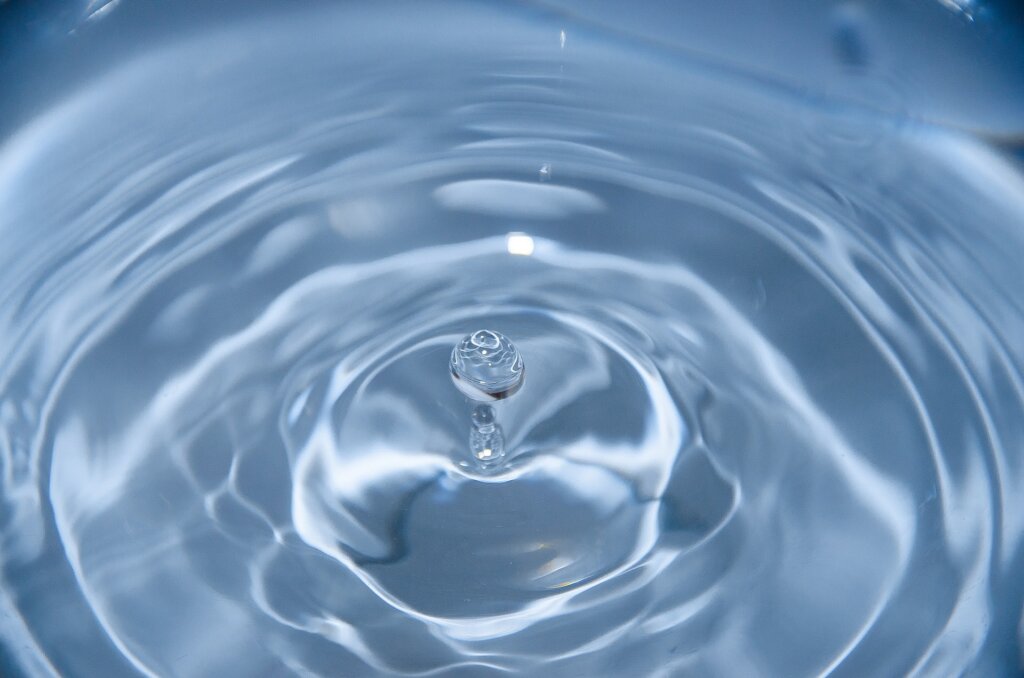
But won't it wash away the taste and potency?
No, despite what you may be thinking, bud-washing has no negative effects on the flavour or the potency of the flowers. This is because the trichomes containing the cannabinoids (THC, CBD, CBG, etc.) are oil-based and therefore hydrophobic and insoluble in water. Neither will they be dislodged from the plant by the gentle action of bud-washing, as opposed to the vigorous agitation required to separate the resin glands from the leaf matter during the bubble hash process. The terpenes in cannabis flowers are, for the most part, insoluble in water too, meaning that flavour is highly unlikely to be lost by washing buds in water. In fact, by removing all those contaminants, you'll actually improve the flavour and be able to experience the true terpene profile of your buds!
What you'll need to wash buds:
- Three buckets (ideally 20-litre but smaller is fine)
- Clean water (filtered or reverse osmosis)
- Lemon juice & Sodium Bicarbonate (for general cleaning)
or - Hydrogen Peroxide 3% (for powdery mildew)
- A drying line to hang the wet buds
Bud-washing, a step-by-step guide
- Set up the three buckets in a suitable area for working, somewhere it won't matter if a bit of water gets spilt on the floor.
- Fill the first bucket with water and add the cleaning agent of your choice.
- If you're using hydrogen peroxide, which is particularly good for removing powdery mildew spores, you should add between 10ml and 12.5ml of 3% hydrogen peroxide to each litre of clean water.
- If, on the other hand, you want to use lemon juice and bicarbonate of soda for general cleaning, add a teaspoon (5ml) of each for every litre of water in the first bucket.
- Fill the remaining two buckets with pure, clean water.
- Prepare your plant by removing all the fan leaves and smaller leaves without resin. There's no need to wash the big leaves unless you plan to make raw cannabis juice with them or want to use them to make your own cannagars. If the bucket is too small to wash an entire plant, cut off individual branches that will fit comfortably so you can wash them one at a time.
- Dip the flower in the first bucket, Take the branch and, holding the end furthest from the tip, gently swirl and swish the branch from side to side to aid in cleaning. Around 30 seconds should be long enough. Remove it from the cleaning solution and allow the excess liquid to drip back into the same bucket.
- Dip it in the second bucket holding clean water. Gently move the branch around in the water for about half a minute, just like you did in the first bucket. Remove and allow the excess to drain.
- Plunge the branch into the third bucket, agitating gently once again so that the clean water can remove any remaining residue or cleaning solution. Remove the branch from the water after 30 seconds, drip dry and shake gently to shed most of the moisture.
- Hang the wet buds on a drying line in a well-ventilated space and follow the correct drying and curing procedure as detailed in our post on drying and curing marijuana buds. Because the flowers will be holding more moisture than usual, it's important to keep a close eye on them as they dry, particularly during the first few days. It's a good idea to use an extra fan or two to ensure good air movement within the drying space, and if your budget allows for it, a dehumidifier can make all the difference to the drying process, especially in humid climates.
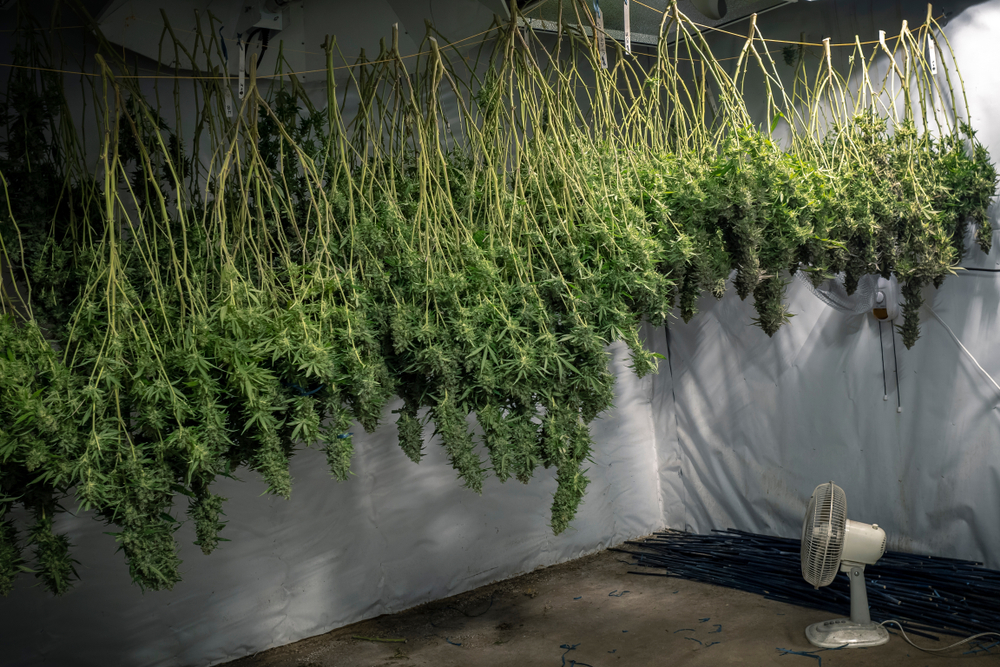
So, now that we've shown you how simple it is to wash your buds, there's no excuse for consuming dirty, bug-ridden weed anymore. Please feel free to let us know your opinion in the comments, and tell us your own experiences with this novel technique if you decide to use it for this year's outdoor crop.
Happy harvests!





